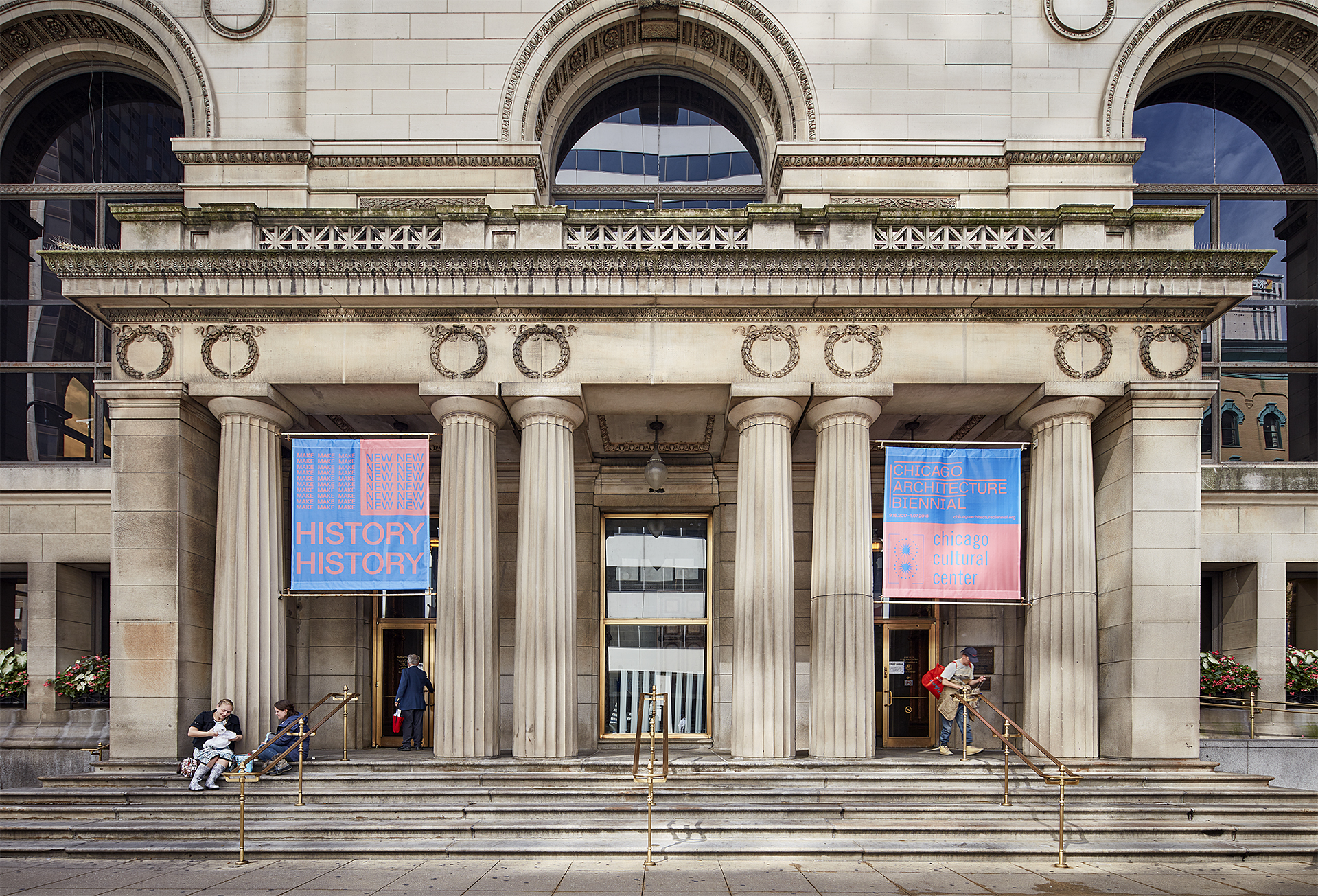[ad_1]

The Chicago Architecture Biennial.
TOM HARRIS
Taking Chicago’s urban history as a starting point for an exploration of built environments around the globe, the third edition of the Chicago Architecture Biennial will open September 19 and run into January of next year under the title “…and other such stories.” Stationed at the Chicago Cultural Center and other points throughout the Windy City, the show will focus on the relationships between architecture, memory, land, rights, and civics. It will feature a series of commissions, residencies, partner projects, and public programs.
Todd Palmer, executive director of the the biennial, said in a statement, “We are thrilled that this year’s curatorial focus will open up the architectural conversation on key socio-political and environmental issues that shape our present reality and introduce new voices and perspectives. Through the dialogue they catalyze, we expect this biennial to inform a collectively imagined future.”
The 2019 Chicago Architecture Biennial’s curatorial team includes artistic director Yesomi Umolu and co-curators Sepake Angiama and Paulo Tavares. Umolu is director and curator at the Logan Center Gallery at the University of Chicago; Angiama is a curator and educator, and she recently served as head of education for Documenta 14; and Tavares is an architect and professor at the Faculdade de Arquitetura e Urbanismo at the University of Brasília.
Through their research, the three organizers identified four key topics that the biennial will address: indigenous approaches to nature and landscape, the social histories of monuments and memorials, rights and reclamations, and architecture’s civic purposes.
“Our approach to this edition of the biennial has evolved through conversations with architects, spatial practitioners, and everyday people in Chicago and other global locations, including through partnerships fostered in our research initiatives in the cities of Sao Paulo, Johannesburg, and Vancouver,” Umolu said in a release. “Through these engagements, we have drawn out a myriad of stories about how lived experiences across global communities, cities, territories, and ecologies resonate with architectural and space-making practices.”
[ad_2]
Source link

